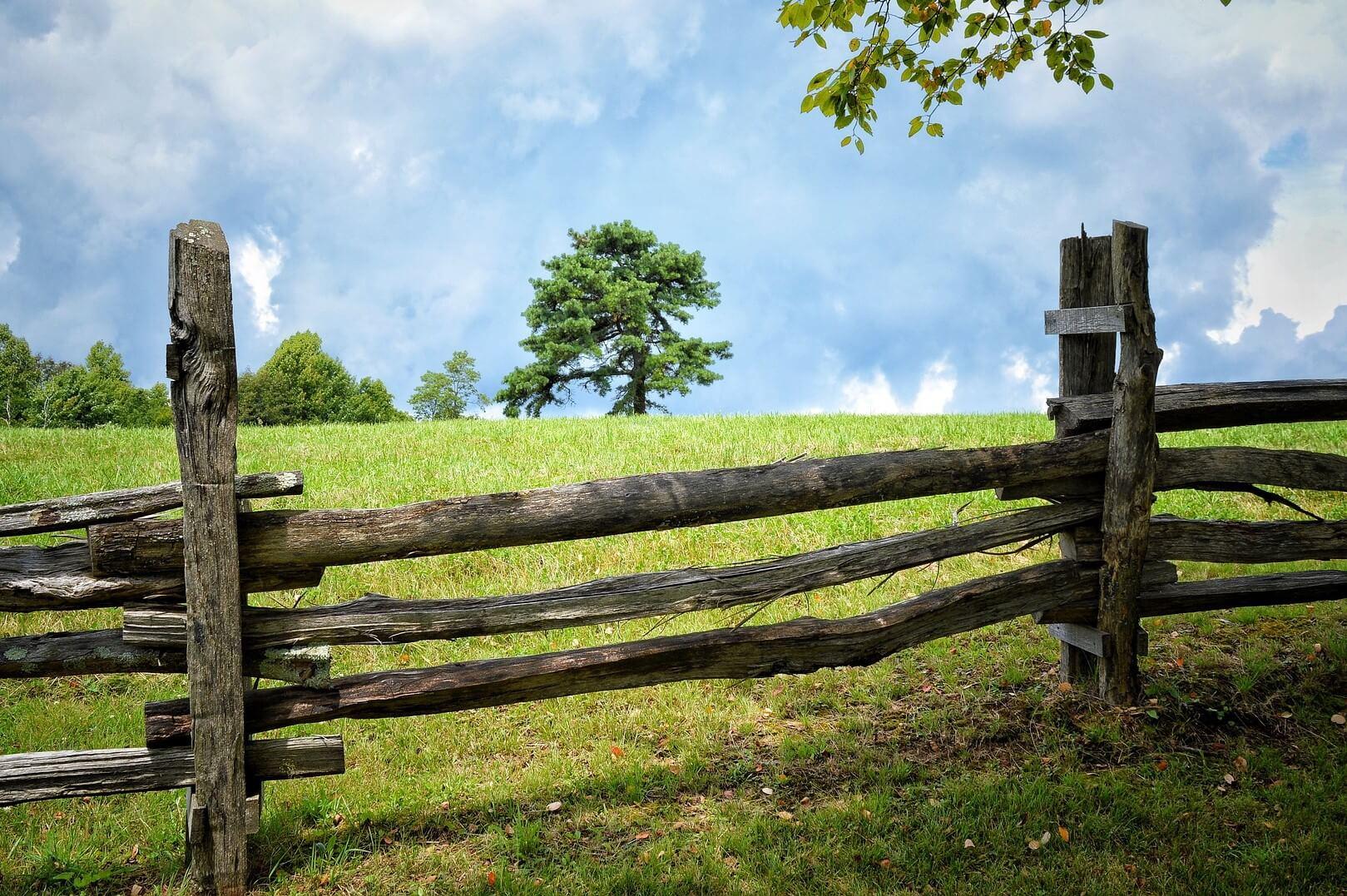
Happy New Year, and welcome to the start of a new blog series! Like last year’s series (which addressed common questions consumers have about food and agriculture), this series also deals with agricultural literacy. We’ve written before about the problem of agricultural illiteracy, as you might recall. But this year, we’re going to zoom in on some specific challenges to agricultural literacy and ways to overcome them.
You’ll get some practical tips and strategies for addressing different challenges. You might even get inspired to come up with your own ideas.
Defining Some Terms
But first, what is agricultural literacy? You probably have an idea of what it is — “familiarity with farming,” perhaps. We like the definition from the American Farm Bureau Foundation for Agriculture. They say, “An agriculturally literate person understands how the agricultural industry works — not just where food comes from, but who grows it, agriculture’s effect on the economy, environment, technology, lifestyle and its relationship to livestock.”
What is agricultural illiteracy, then? It’s a common condition in America, unfortunately. Agricultural illiteracy means that a person doesn’t understand how the ag industry works. They don’t know how crops grow, don’t see the connection between grocery stores and farms, don’t understand the technology farmers use. Sometimes this can mean not knowing some pretty basic facts. A survey of elementary school students in California, for instance, found that only 22% knew that pickles come from cucumbers.
A Road Map for the Series
At the end of the day, consumers hold the purchasing power in the ag industry. They’re the ones buying — or not buying — the food, fiber, or other goods you produce. They also elect the people whose votes shape ag-related political policies. So it’s important for you to help consumers know what they’re buying or supporting. You have the firsthand knowledge to share, after all; it’s just a question of how you can do that most effectively. And to know what will be effective, you have to know what the obstacles are.
So here’s our list of the challenges to agricultural literacy that we’ll be talking about this year:
- Lack of personal experience with farming
- Distrust of the ag industry
- Not recognizing the ways that agriculture impacts daily life
- People’s difficulty remembering what they learn
- Agvocates not shaping their stories as effectively as possible
- Mixed messaging from the ag industry (caused by competing interests within the industry)
- Difficulties with providing ag education in schools
- The “language barrier” between ag professionals and other people
- Overuse of “feeding the world” arguments
- Consumers’ existing but outdated ideas about agriculture
- Focusing too much on giving consumers facts and not enough on addressing other factors that influence their decisions
It’s not an exhaustive list, of course. There are other obstacles we could talk about, but these are some big ones. Whatever area of the ag industry you’re in — livestock, cash crops, specialty crops — you should be able to relate.
So, ready to start addressing these challenges to agricultural literacy? Check back in a couple weeks for our first article: helping consumers get a personal connection to the farm.
